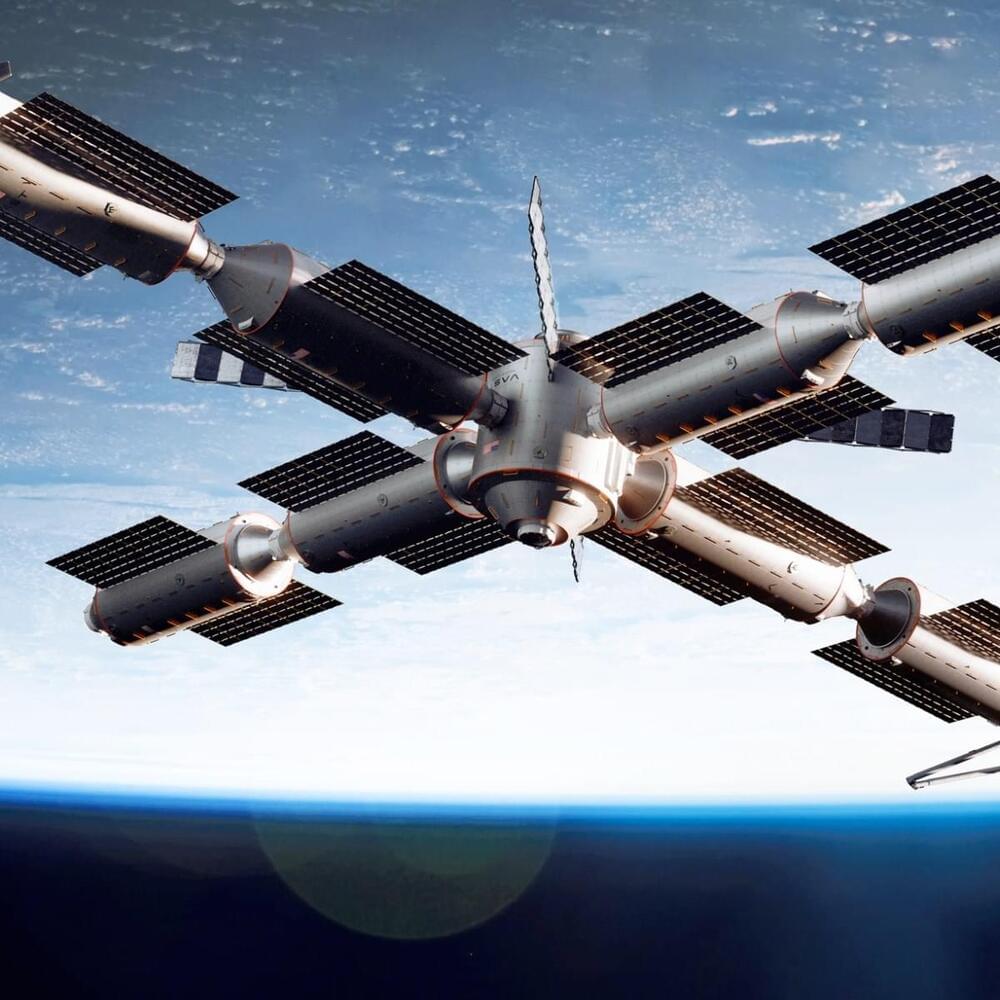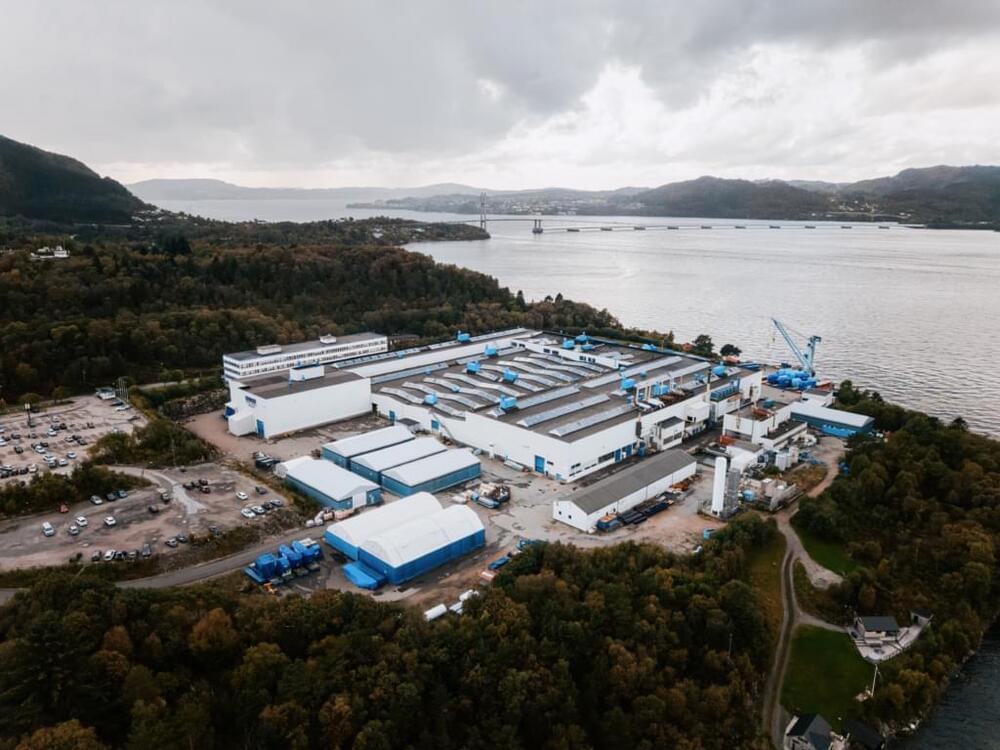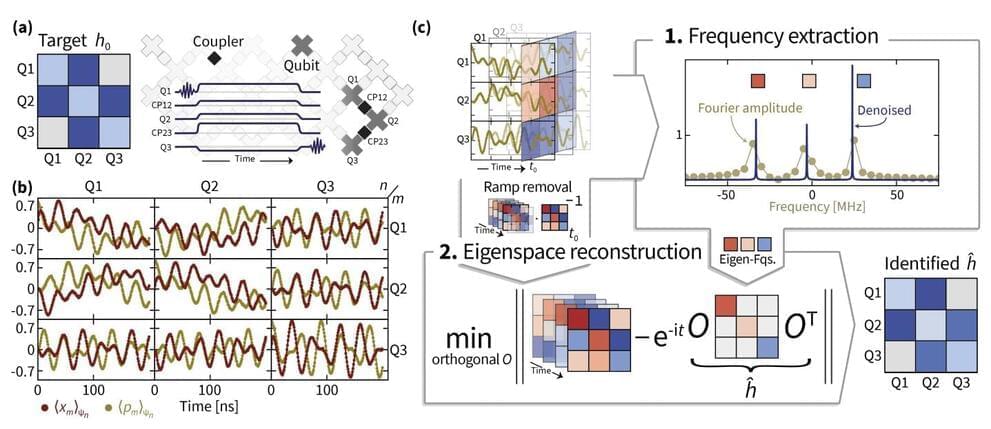MILAN — Vast Space unveiled the design of the space station it plans to propose to NASA in the next phase of the agency’s program to develop commercial successors to the International Space Station.
The company outlined its plans for the Haven-2 station in a release timed to the opening of the International Astronautical Congress here Oct. 14, describing how it will deploy the station in segments starting in the late 2020s.
Vast has to date focused on Haven-1, the single-module station it plans to launch in the second half of 2025 to be visited by up to four missions for short stays. However, the company has made clear its intent is to compete for the second phase of NASA’s Commercial Low Earth Orbit Destinations, or CLD, program as part of the agency’s ISS transition efforts.








